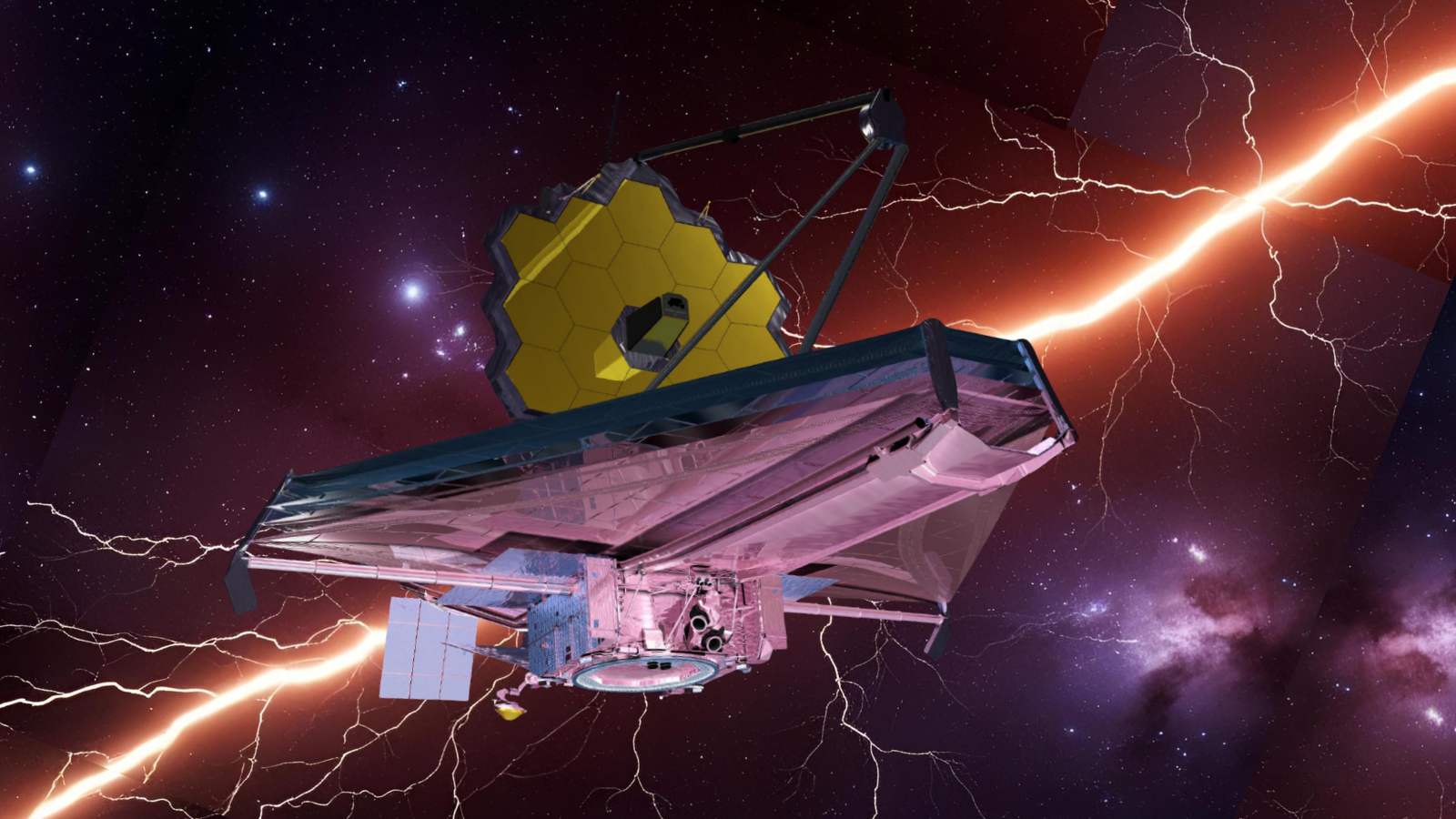NASA Probe to Take Close Look at Mercury Today
A NASAspacecraft will swing by the planet Mercury today to observe the small worldup close for the first time in more than three decades.
Atprecisely 2:04:39 p.m. EST (1904:39 GMT), the MESSENGER space probe is due topass just 124 miles (200 km) above the surface of Mercury in what will be the spacecraft?s first encounter with its target planet.
?Mercury isin our sights,? said MESSENGER principal investigator Sean Solomon of the CarnegieInstitution of Washington. ?It?s been a really long road and we?re about to seea payoff.?
Launched inAugust 2004, MESSENGER — short for the bulky moniker MErcury Surface, SpaceENvironment, GEochemistry, and Ranging — is the first spacecraft to examine Mercurysince 1975, when NASA?s Mariner 10 made its third and final swing past theplanet. Astronomers hope the probe?s cameras and other onboard instruments willhelp answerthe longstanding mysteries of Mercury?s unusually high density, tenuous atmosphereand uncharted terrain, as well as lead to a better understanding of planetaryformation.
?Mercuryhas been the Cinderella child of the solar system for a long time, caught inthe shadow of the stepsisters Venus and Mars,? said Solomon. ?But that?s about tochange.?
With adiameter of 3,032 miles (4,880 km), Mercury is about one-third the size ofEarth and only slightlybigger than the moon. Like Earth, the planet has its own magnetic field,but only a thin hint of atmosphere and an iron-rich core that apparently makesup 60 percent of its interior.
?With MESSENGER,many of Mercury?s secrets will now be revealed,? said James Green, director ofNASA?s planetary science division. ?So this is a tremendously exciting time.?
Breaking space news, the latest updates on rocket launches, skywatching events and more!
If all goeswell duringtoday?s flyby, MESSENGER will skim over the surface of Mercury at about16,000 mph (25,749 kph) and take more than 1,200 photographs of the half of theplanet that went unseen by Mariner 10. The dip through Mercury?s gravitationalfield will also slow MESSENGER?s speed by 5,000 mph (8,046 kph) and prepare itfor another flyby later this year.
Thespacecraft was due to turn away from Earth and gaze toward Mercury on Sunday, and is notexpected to begin beaming images and data back to scientists untilmidday Tuesday, 22 hours after its closest approach, mission managers havesaid. For 14 minutes, the probe will fly in the shadow of Mercury and draw onits batteries until its solar arrays can once more generate power fromsunlight.
?It?salways a little source of anxiety, anytime you stop hearing from yourspacecraft,? said Solomon.
But MESSENGER's mission control team has three successful planetary flybys already under its belt, giving Solomon confidence for today's flyby.
?So myfingernails will be in pretty good shape,? Solomon said.
Previousflybys — one byEarth in 2005 and two others past Venus — have prepared the spacecraft fortoday?s Mercury rendezvous. MESSENGER is also expected to return for two more Mercuryflybys, in October of this year and September 2009, respectively, before enteringorbit around the planet on March 18, 2011 for a one-year science campaign.
The $446million mission is a collaborative effort between NASA, the Carnegie Institutionof Washington and Laurel, Md.-based Johns Hopkins University Applied PhysicsLaboratory, which designed and built the MESSENGER spacecraft.
- VIDEO: Mysterious Metallic Mercury
- IMAGES: Explore the Planet Mercury
- VIDEO: MESSENGER Probe Views Earth in Flyby

Tariq is the award-winning Editor-in-Chief of Space.com and joined the team in 2001. He covers human spaceflight, as well as skywatching and entertainment. He became Space.com's Editor-in-Chief in 2019. Before joining Space.com, Tariq was a staff reporter for The Los Angeles Times covering education and city beats in La Habra, Fullerton and Huntington Beach. He's a recipient of the 2022 Harry Kolcum Award for excellence in space reporting and the 2025 Space Pioneer Award from the National Space Society. He is an Eagle Scout and Space Camp alum with journalism degrees from the USC and NYU. You can find Tariq at Space.com and as the co-host to the This Week In Space podcast on the TWiT network. To see his latest project, you can follow Tariq on Twitter @tariqjmalik.
